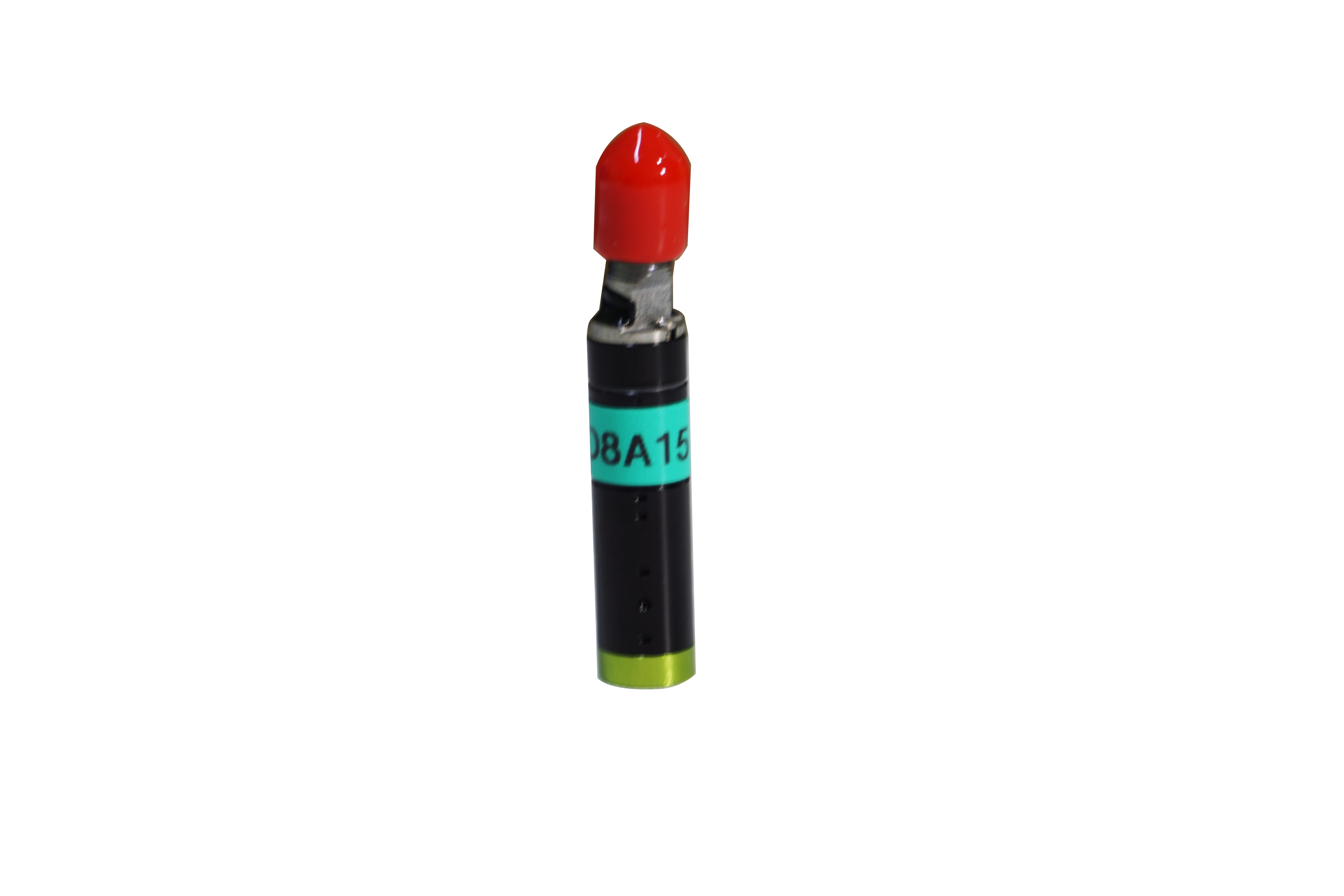2022-09-22
Laser displacement sensors, known as the eyes of robots, play an irreplaceable role in welding, blank manufacturing, machining, heat treatment, loading and unloading, assembly and other operations. Laser displacement sensors are often used to measure physical quantities such as length, distance, vibration, speed, orientation, and can also be used to detect and monitor air pollutants.

Laser displacement sensor measurement application description:
1. Size measurement: location identification of small parts; Conveyor belt monitoring, material overlap and coverage detection, manipulator position (tool center position) control, equipment status detection, equipment position detection (through the hole), liquid level monitoring, thickness measurement, vibration analysis, crash test, automotive related tests, etc.
2. Thickness measurement of metal sheet and sheet: Laser sensor measures the thickness of metal sheet (sheet). Detecting changes in thickness helps detect wrinkles, holes or overlaps to avoid machine failure.
3. Cylinder cylinder measurement: Angle, length, inner and outer diameter eccentricity, cone, concentricity and surface profile.
4. Length measurement: The measuring part is placed on the conveyor belt of the position, the laser sensor detects the part and measures it simultaneously with the triggered laser scanner to obtain the length of the part.
5. Uniformity check: Put several laser sensors on the tilt direction of the workpiece movement to be measured, and directly output the measured value through the sensor. In addition, the measured values can also be calculated with software, and the results can be read from the signal or data.
6. Electronic component inspection: Place the component under test between two laser scanners, and then read the data through the sensor to detect the accuracy and integrity of the component size.
7. The sensor measures the straightness of the object: First, you need 2-3 laser displacement sensors for combined measurement, as shown in the figure. Then install three laser displacement sensors on parallel lines in the production line, and determine the spacing between the three laser displacement sensors according to the measurement accuracy you need. After that, you need to make the object parallel to the laser displacement sensor mounting line. When the production line is parallel to the sensor installation line, the greater the distance difference measured by the three sensors, the worse the straightness of the object, the smaller the distance difference measured by the three sensors, the better the straightness of the object, the linear percentage can be established according to the length to be measured and the spacing between the three sensor installations, and the quantitative signal output can be obtained to detect the straightness of the object.
8. Production line filling level check: Laser sensors are integrated into the production and manufacturing of filling products. When the filling product passes through the sensor, it can detect whether it is filled. The sensor can accurately identify whether the filling of the filling product is qualified and the quantity of the product through the extension program of the laser beam reflection surface of the laser displacement sensor.



